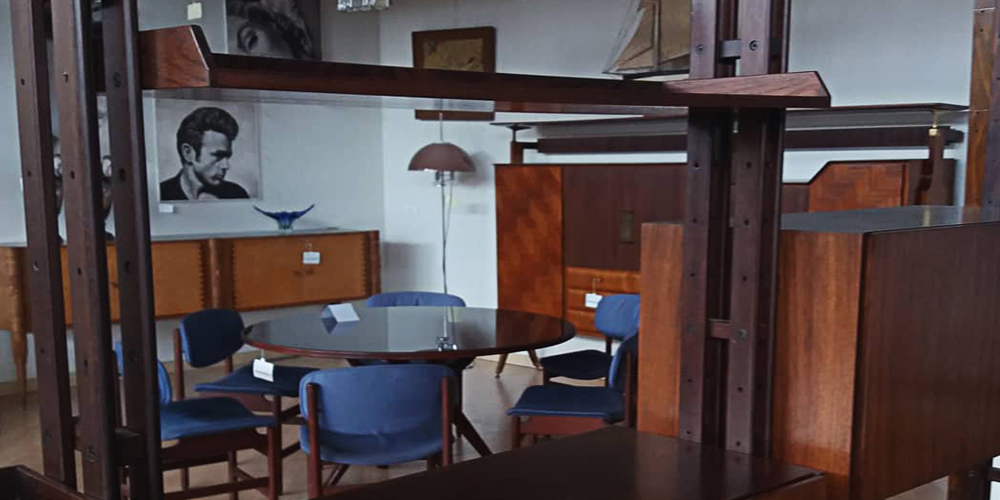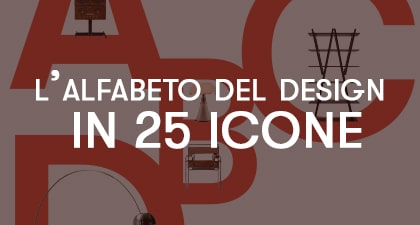
The bookshelf is a piece of furniture that absolutely cannot be missing from our homes. In the bedroom, living room, or even in the kitchen; wherever we decide to place it, it is a piece of furniture that speaks a lot about us and is both functional and decorative.
However, navigating the various styles and models can be quite difficult; let’s revisit the history of this precious piece of furniture and its most interesting variations.
The bookshelf was originally designed with the obvious purpose of holding books, so its existence dates back to very remote times. In the tabernae librariae of ancient Rome (places dedicated to the sale of books), the first forms of bookshelves appeared, called “loculamenta, foruli, nidi, capsae.” It was an embryonic state of the bookshelf, as these rectangular-shaped cabinets contained other items besides books. They were simple, minimally decorated pieces of furniture where books were stacked on top of each other with their spines facing inward.

In the Middle Ages, the places where books were stored were monasteries, where scribes copied and preserved the most important manuscripts from the classical era.
Books were stored in cabinets or on wall-mounted tablets, and later placed in display cases and writing desks.
Thanks to the invention of printing in the 15th century, books began to be introduced into private homes.
The wealthier families owned several volumes and felt the need for a real piece of furniture to house their collections. Thus, the bookshelf as a piece of furniture was born, which also served as a status symbol.
In France, during the 18th century, elegant cabinets were all the rage. They were not very tall but were finely decorated. These cabinets dedicated to storing books could be closed with a glass front or taffeta curtains. In public libraries and convents, however, the cabinets (adorned with carvings) had open shelves or were at most closed with nets.

Later, different forms of bookshelves spread throughout Europe: desks that also served as chests of drawers and bookshelves, trumeaus, and wall-mounted bookshelves.
From the 19th century onward, bookshelves became widely distributed, entering the homes of everyone.
The most successful were those in the Empire style, majestic and solid in appearance, smooth and balanced in proportions. They were mostly made of burl wood or solid mahogany, highlighting the grain of the wood. They were often closed with doors and decorated with side columns. The bookshelves in the Louis-Philippe style, known for their practicality and versatility as well as their sophisticated decorations, became very popular due to the growing industrialization.

Let’s move to more recent times: the last century saw a proliferation of interpretations and styles, many of which are still in vogue. Starting with the beautiful Art Deco bookshelves, characterized by thick, rounded geometric lines. The abstract decorations are inspired by simple forms, straight or curved lines.
And then there are the incredibly popular mid-century modern bookshelves, minimalistic and versatile but with a strong character.

For example, the “Tecno” modular wall bookshelf by Osvaldo Borsani, capable of furnishing a room by itself. A modular wall bookshelf with adjustable aluminum guides and supports, shelves, and containers made of walnut and rosewood veneer.

Or, for those who dare, the “Ran” bookshelf by Carlo Forcolini, wall-mounted with adjustable height shelves; lacquered metal and perforated sheet metal shelves.
Choosing the bookshelf that best suits our home and personality is important. Why not select a unique piece, with a history, to create a special environment?
If you think it’s time to replace that generic bookshelf or refresh your living room, take advantage of our promotion starting May 3; bookshelves and cabinets will be subject to irresistible discounts. Explore our website and find the bookshelf that’s right for you!








